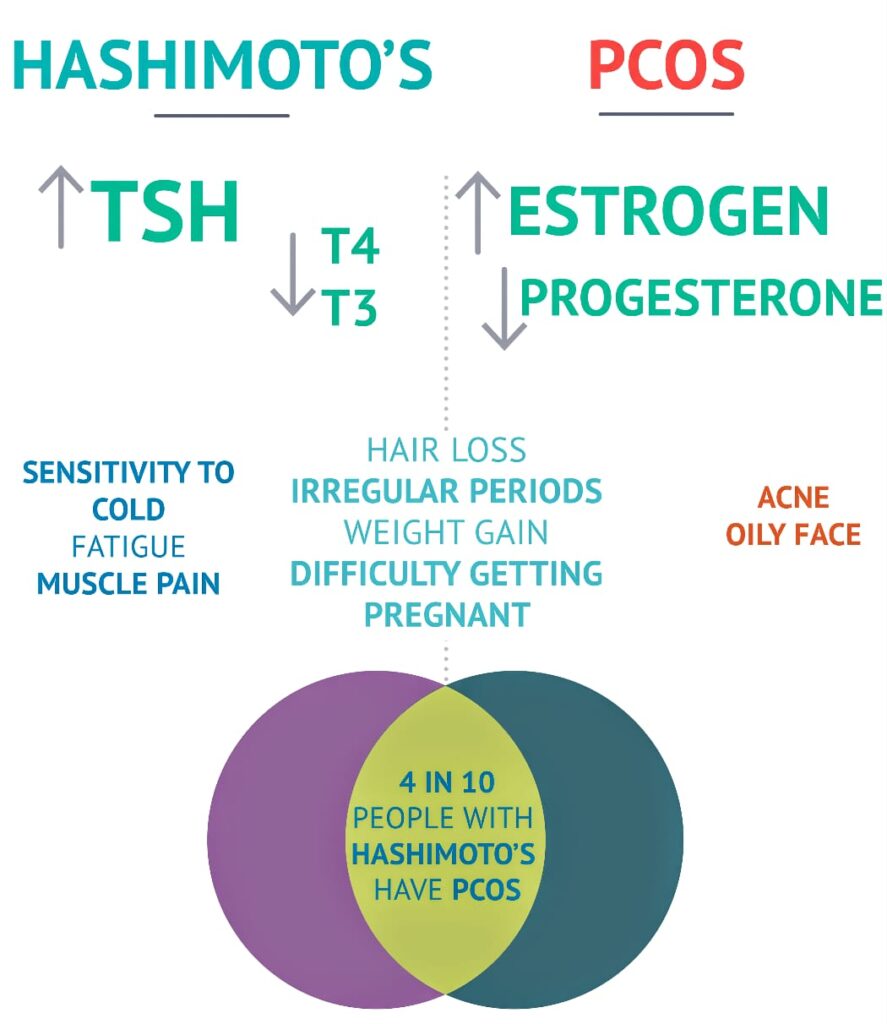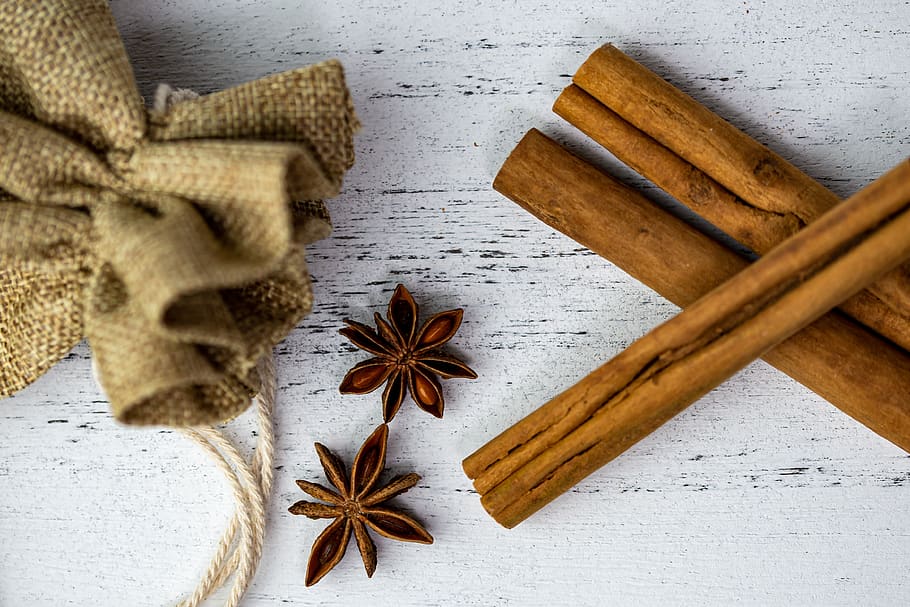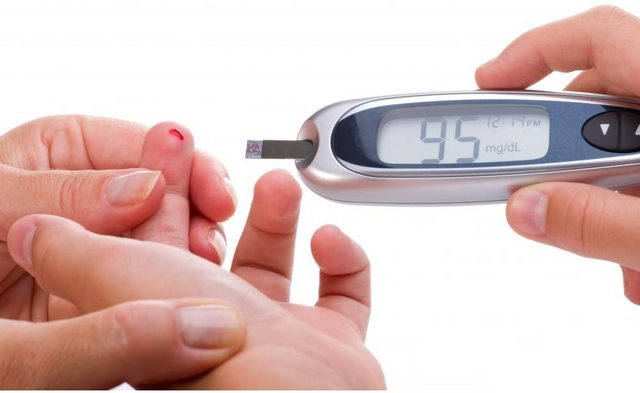Hypothyroidism and PCOS linked.
Did you know that hypothyroidism and PCOD (Polycystic Ovarian Disorder) are interconnected?. Both the diseases are more commonly found in young girls and women. Hypothyroidism is known to cause PCOS and worsening of PCOD with insulin resistance. An increased estrogenic and estrogenic/progesterone ratio seem to be directly involved in high thyroid antibody levels in PCOS patients. Both the diseases are linked with each other. Hypothyroidism can lead to Polycystic ovarian disease. Both hypothyroidism and PCOD are seen most commonly in teen girls.
Pathophysiology:
Factors contributing PCOD and hypothyroidism in young girls and women are obesity, junk food, carbonated aerated drinks, sedentary life-style, hormonal changes which tend to affect the ovaries causing development of cysts. Both environmental and genetic factors lead to contribute to thyroid disorders in PCOD. Also, family history of hypothyroidism cannot be ruled out as one of the causes. High prolactin levels affects in LH/FSH ratio which leads to decrease in thyrotoxin T4 levels and increase in TSH levels leading to PCOD.
PCOD also leads to increase insulin resistance and may cause infertility in young women. There is irregular menstrual cycle leading to amenorrhea. Ovulation is disturbed with pain in the lower abdomen. Best way to diagnose is ultrasonography of pelvis during the fourth or fifth day of menstrual cycle. Multiple follicular cysts are seen in the ovaries along with increase in size of the ovaries in ultrasonography. Elevated free testosterone level is an indicator for increase androsterone hormone for PCOD.
Hypothyroidism symptoms may overlap PCOD like amenorrhoea, hairfall, weight gain, hirsutism and infertility. Apart from this, hypothyroidism also includes symptoms like headaches, constipation, lethargy, muscle cramps, sluggishness, sexual dysfunction, brittle nails and bradycardia. Also glycaemic index, and thyroid levels would give clear idea of to rule out hypothyroidism.
Obesity :
Obesity caused by Hypothyroidism can be treated by improving the lifestyle. Implementation of exercise and a proper diet plan can help in reducing weight which is also useful in treatment of PCOD. Also treatment with oral eltroxin or L-Thyroxine helps in Hypothyroidism.
Hypothyroidism, PCOS and pregnancy :
All these are also interlinked which can lead to obesity, hypertension, lethargy, hairfall and headaches. Alteration in thyroid hormones also affects the brain development (IQ) of the baby. Also eating lower glycemic foods also help in monitoring diabetes and PCOD. Reducing stress levels and correcting sleeping patterns help in correcting Hypothyroidism, PCOD.
Also patients suffering from PCOD do have subclinical hypothyroidism where in TSH levels increases in PCOD patients.
Home remedies for hypothyroidism and PCOD:
- Licoriceroot in herbal tea is very useful for Hypothyroidism. It reduces androgen which helps in restoring the hormonal balance.
- Having fenugreek seeds (methi seeds) empty stomach in the morning helps in both Hypothyroidism and PCOD.
- Corriander and mint juice also helps in easing painful menstrual cycle in PCOD.
- Asafoetida local application over stomach helps in pain during menstrual cycle in PCOD. Also drinking buttermilk with asafoetida helps.
- Avoiding cabbage, capsicum, cauliflower in large quantities helps in controlling hypothyroidism as they trap iodine from blood stream.
All the above mentioned home remedies and diet would help you achieve your goals. Hope you all gained some knowledge about the importance and how both the diseases ie Hypothyroidism and PCOD are linked and how to manage through home remedies and medicicine.
If you like the article do share with your friends and family.
For more details about Hypothyroidsm and PCOS correlation checkout the article in Indian Journal of endocrinology and Metabolism.






